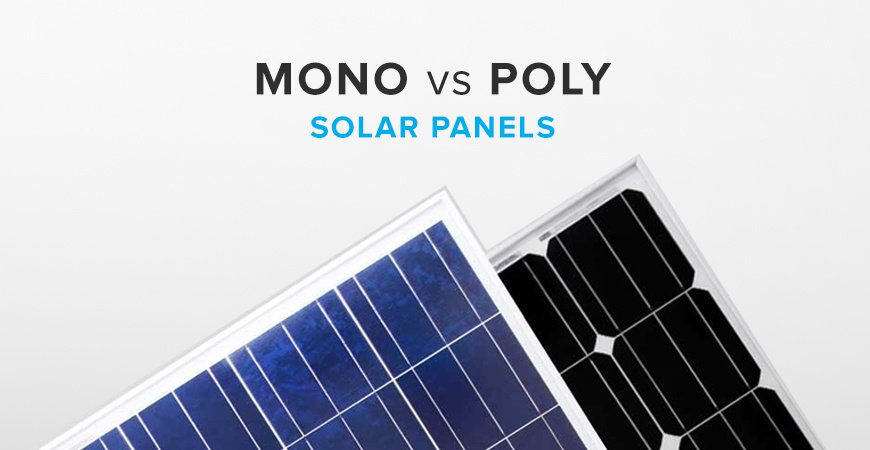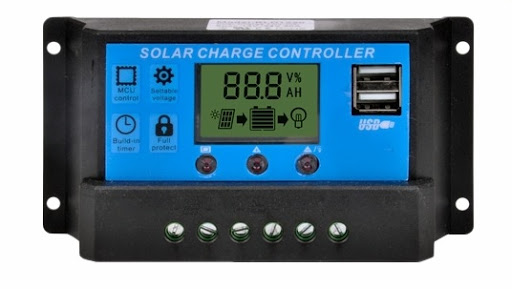In my previous work place, we were mostly using polycrystalline solar panels for all the…
Amorphous Silicon Solar Panels
What is Amorphous Silicon?
You already know about the silicon based solar panels that are widely available in the market which basically divides in to 2 categories called monocristalline and polycristalline. But what are amorphous silicon solar panels? May be this is the first time you are hearing about it or maybe you have heard about it but didn’t bother to search on it. Anyways, even you know nothing about amorphous silicon cells, I’m pretty sure that you all have already seen this type.

Look at the above picture of a typical calculator you use everyday. See the solar cell in that. That is a small amorphous silicon based solar cell. Almost all of pocket calculators use this solar cell type to charge the battery of it.
Technology
Amorphous silicon solar panels (a-Si or a-Si:H) are one type of thin-film solar panels. The word “amorphous” means shapeless. That means this silicon type doesn’t have a specific shape (structure) on a molecular level compared to other silicon based solar cells. To produce this thin film solar cell type, a substrate like glass or plastic is used. One or several layers of amorphous silicon are deposited on to a substrate. This process can be done at temperatures below 300°C, which makes it a possibility in making flexible thin-film solar panels.
The main problem in using amorphous silicon based panels is that, their outputs are much lower compared to mono and poly panels. So, this type of solar panels are not used in large projects. They are mostly used in small applications. As a percentage amorphous silicon solar panels cover about 3% of the market.
Advantages
- Cheaper then crystalline based solar panels due to its low-cost manufacturing process
- Can be made flexible and lightweight. So that it can be used to cover curved surfaces.
- Perform well in low light conditions compared to crystalline based panels
Disadvantages
- Amorphous silicon cells have lower energy conversion efficiencies compared to typical cristalline based panels.
- Panel degradation rate is higher. So, a-Si panels will not last long as mono and poly panels.
- Since the efficiency is lower amorphous silicon panels have to cover a large area to produce same output as crystalline based panels.



This Post Has 0 Comments